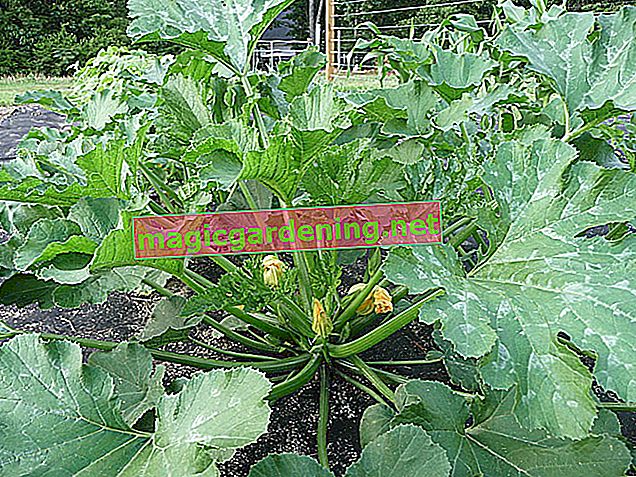
The basis for healthy and productive growth of your greenhouse plants, especially vegetables and herbs, is fertile soil that has a deep pH value between 6 and 7. A slightly sandy loam soil is well suited, the humus content of which can be a little higher, especially when growing young plants. Plants do not like it so much if it is sifted and too fine in structure, then rather crumbly , which in turn is good for strong roots.
also read
- Greenhouse shading, important when things get hot
- Statics and safety - also important in the greenhouse
- Wanted: a greenhouse, what to look out for, what is important?
A balanced nutrient content is mandatory
When creating a new greenhouse floor, the exact values always depend on the type of planting. They also do not have to be general for the entire area if your greenhouse is divided into different zones and beds. The target values with regard to the nutrient content are based on 100 grams of dry soil for:
- Phosphate: 15 to 25 mg
- Potassium oxide: 15 to 25 mg
- Magnesium: 10 to 15 mg
If you want to manage your greenhouse professionally and value healthy growing vegetable crops, you should have your current soil condition checked in the laboratory and repeat the analysis every four to five years.
Also fertilize greenhouse soil organically on a regular basis
Garden compost, one of the best organic fertilizers ever, is also ideal for improving soil fertility in the greenhouse. However, it should be as free from weed seeds as possible . If the self-produced compost does not contain the necessary nutrients, commercial fertilizer must be used. How large the proportion of compost in the entire greenhouse floor is depends on whether low, medium or even high consumers are to be grown. The table shows some examples:
Heavy to weak consumers of vegetable crops and herbs
| Need for nutrients | Vegetables | Types of herbs |
|---|---|---|
| Low | Peas, radishes, lamb's lettuce, French beans, chicory | Spoonbill, chervil, caraway, oregano, wormwood, thyme |
| medium | Carrots, lettuce, peppers, asparagus, onions, spinach | Parsley, chives, sage, tarragon, savory, dill |
| High | Kale, savoy cabbage, leek, zucchini, eggplant, potatoes |
Fertilize minerally or organically?
It is advisable to give preference to organic fertilization, especially when creating new greenhouse floors. However, it does not work immediately in the soil, as the components first have to be broken down slowly in the soil in order to be available to the plants. For plants with a longer cultivation time, the fertilizer applications can be introduced into the soil in stages. Mineral fertilizers help faster and especially when there is an acute lack of nutrients. They are best added to the ground together with irrigation water.
Tips
Manure as fertilizer is not required for the nutrient cycle in the greenhouse. Studies have repeatedly confirmed that when manure was brought in, many vegetable gardens were downright over-fertilized, which had a negative effect on plants and soil.








